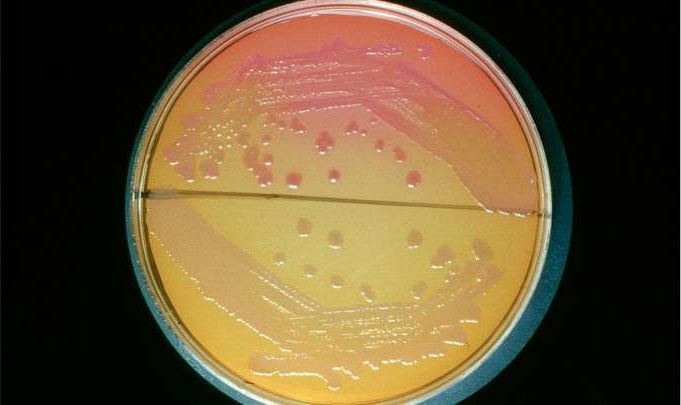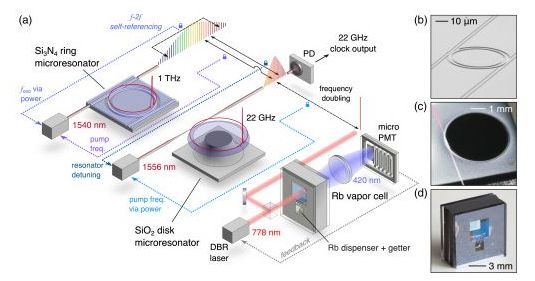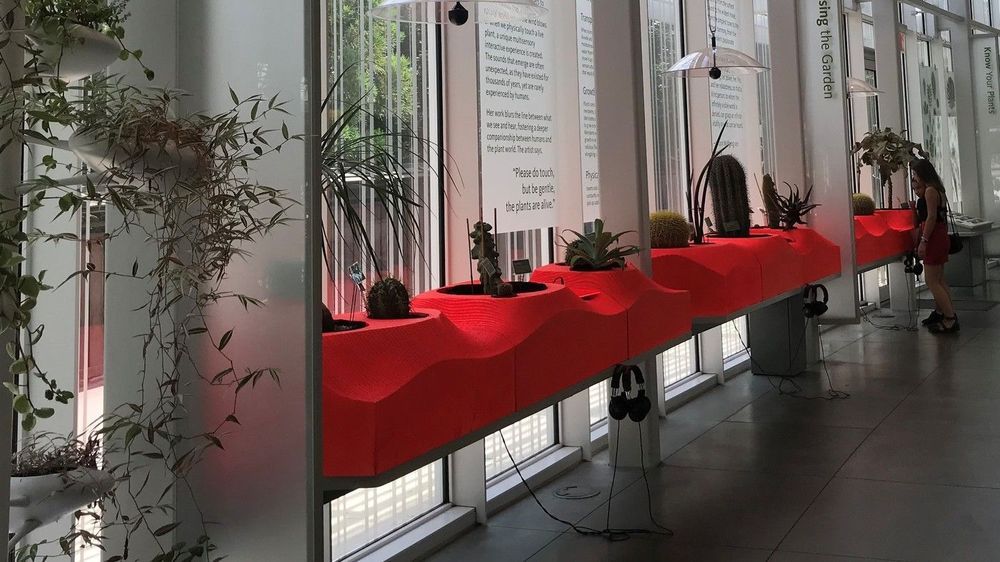The story of a generation comes to an end. Watch the D23 Special Look for Star Wars: #TheRiseofSkywalker. See the film in theaters on December 20.
Category: futurism – Page 1,003


XNRGI: Ist die neue Lithium-Metall-Batterie der Superakku?
Die neue Batterie von XNRGI verspricht 1.100 Kilometer Reichweite für Elektroautos. Zugleich ist der Akku leichter, günstiger und sicherer — wie geht das?

Deadly Outbreak Of Superbug Salmonella Hits The US
A deadly outbreak of “superbug” salmonella sprung up in the US late last year. While this is certainly not the first time drug-resistant bugs have been found in the US, the outbreak marks yet another milestone on the road to a future without antibiotics.
Over 250 people across 32 states fell sick with a strain of Salmonella that’s resistant to multiple antibiotics between June 2018 and March 2019, according to a recent Morbidity and Mortality Weekly Report from the US Centers for Disease Control and Prevention (CDC). At least two people died from the infection, and a further 60 cases were so severe that they required hospitalization.
The outbreak of antibiotic-resistant Salmonella infections was linked back to beef bought in the US and a “Mexican-style soft cheese” obtained in Mexico. They found that the strain didn’t respond to ciprofloxacin and had “decreased susceptibility” to azithromycin, two of the main antibiotic drugs used to treat Salmonella infections. The unusual strain – known as Salmonella enterica serotype Newport – emerged no later than 2016 and is still continuing to spread among cattle.


Futurist Predicts Cyborgs Will Replace Humans on Earth
When British futurist James Lovelock looks to the future, he doesn’t see humans ruling the Earth.
“Our supremacy as the prime understanders of the cosmos is rapidly coming to end,” he wrote in his new book “Novacene,” according to NBC News. “The understanders of the future will not be humans but what I choose to call ‘cyborgs’ that will have designed and built themselves.”


